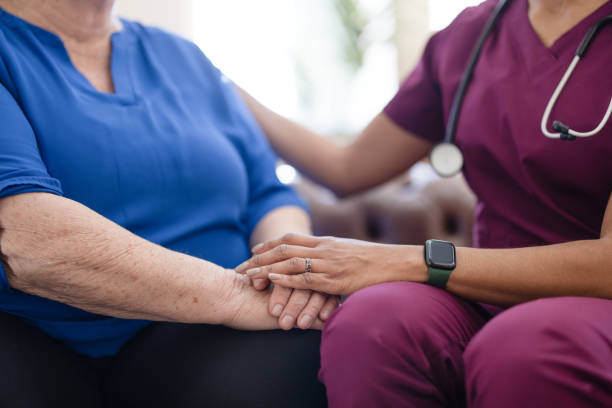Marcela del Carmen, MD, gynecologic oncologist at the Massachusetts General Hospital Cancer Center, explains how you can help stop cervical cancer.
How common is cervical cancer?
Each year, about 11,000 women will be diagnosed with cervical cancer, and more than 4,000 will lose their battle with this disease.
Who is at greatest risk for cervical cancer?
Women over the age of 30 whose immune systems have been unable to clear HPV infection on their own are at risk for the development of cervical cancer. In addition women of any age who smoke are at risk: smoking is associated with persistent HPV infections, pre-cancerous conditions and cervical cancer.
What else should women know about cervical cancer testing?
Women at average risk should have PAP smears every two years (ages 21-29) or every three years (ages 30+). Contrary to popular belief, many women still need PAP smears after their child bearing years, after menopause and even after hysterectomy. Make sure to discuss the newest guidelines with your doctor each year to make sure you are protected.
What is HPV?
HPV is a virus, of which there are about 100 different strains. They cause some of the most common forms of sexually transmitted diseases (STD), including genital warts. HPV is also the cause of most cervical cancers.
Do all women infected with HPV develop cervical cancer?
No. Most women's immune systems clear the virus before it causes a problem. Bust for some woemn who do not clear the virus, HPV can cause cellular changes in the cervix that are pre-cancerous, meaning that without treatment, they might develop into cervical cancer.

 Tweet
Tweet
 Share
Share



